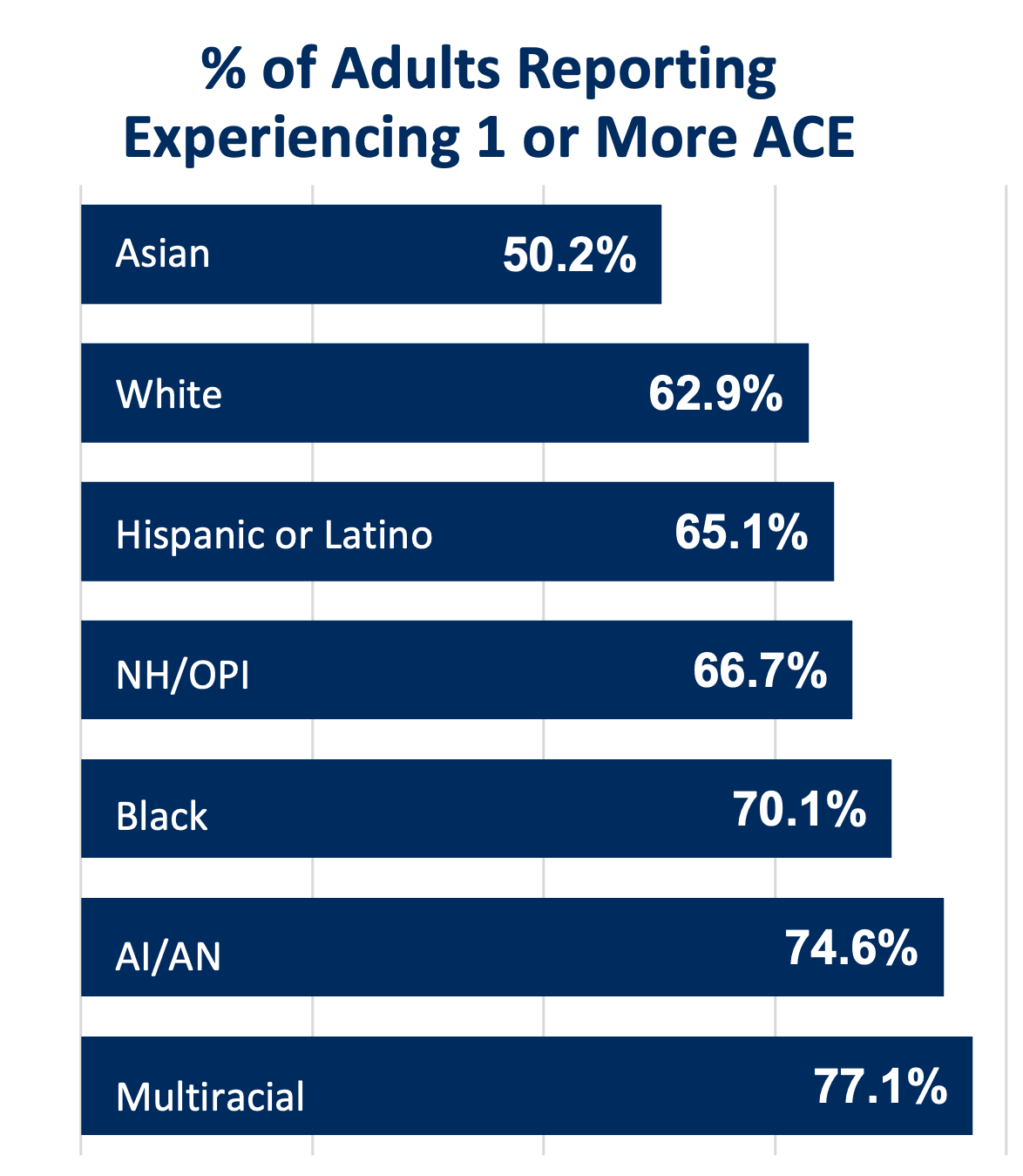Adverse childhood experiences (ACEs), overdose and suicide are urgent, related and preventable public health challenges that have consequences for all of us.
These issues are preventable.
Scroll down to learn how we can address today’s crises while preventing tomorrow’s.

























